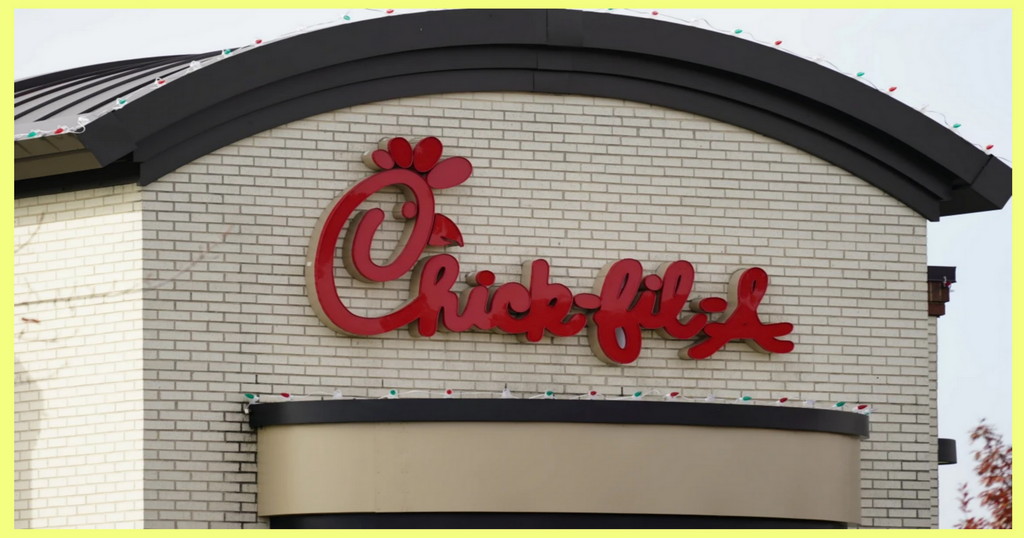


Chick-Fil-A backtracks from its no-anti-microbials in-chicken vow, faults projected supply deficiencies
The cheap food chain Chick-Fil-A backtracked from its ten years old “no anti-toxins of all time” vow planned to assist with forestalling human anti-infection opposition connected to the widespread utilization of the medications in animals creation.
All things being equal, the organization said in a proclamation that it will embrace a standard known as “no anti-infection agents essential to human medication,” frequently condensed as NAIHM, which involves the evasion of meds generally used to treat individuals and limits the utilization of creature anti-microbials to instances of genuine creature disease.
Domesticated animals makers have long utilized anti-infection agents to support fast weight gain in creatures like chickens, pigs, cows and sheep, working on the productivity of their organizations. However, as evidence mounted that it was contributing to drug resistance and reducing the effectiveness of antibiotics against disease in humans, many nations, including the United States, began to restrict the practice over the past decade.
According to Chick-Fil-A, the company will begin implementing the new policy in the spring of 2024. The move also reflects concerns about the company’s ability to acquire sufficient supplies of antibiotic-free chicken, according to a company spokesperson. Tyson Foods, one of the largest businesses in the poultry industry, stated last year that it was removing its “No Antibiotics Ever” package labeling and reintroducing some antibiotics into its chicken production. It started to dispense with anti-toxins from a portion of its poultry creation in 2015.
Karen Christensen, Tyson’s senior director of animal welfare, described the change as “based on scientific research and industry learnings” in a May 2023 video on the Tyson Foods YouTube channel. She noticed that Tyson wanted to start utilizing anti-toxins known as ionophores, which don’t assume a part in that frame of mind, to “work on the general wellbeing and government assistance of the birds in our consideration.” Ionophores have been used for a long time to help livestock grow.




